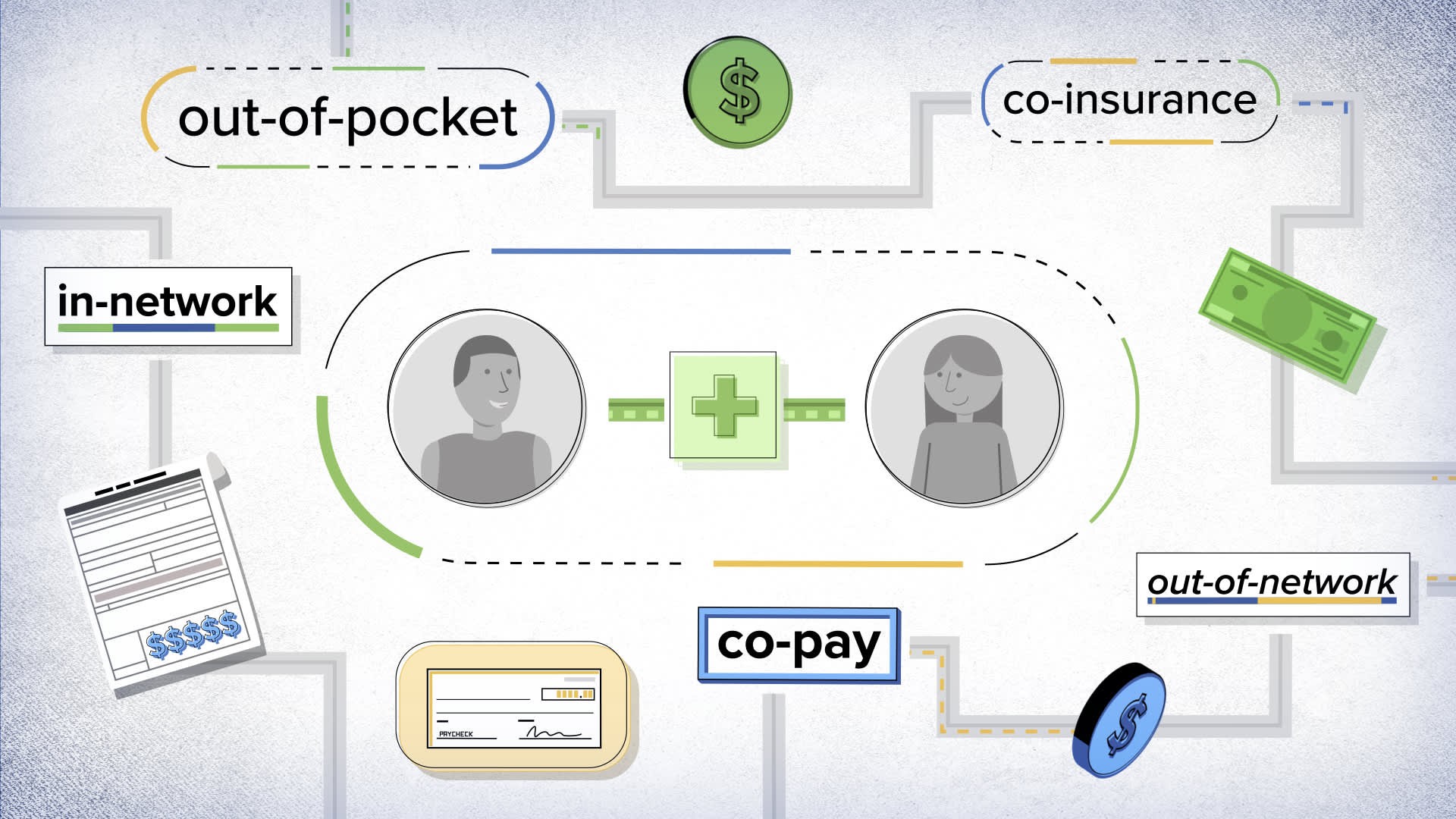Determining how much life insurance you really need is a personal process that blends both numbers and emotions. It requires looking beyond the basic idea of replacing your income and diving into the deeper question of what kind of financial legacy you want to leave for those who depend on you. Many people either overestimate or underestimate their needs, often basing their decisions on arbitrary figures or rules of thumb without truly assessing their financial responsibilities and goals.
A good starting point in evaluating your life insurance needs is to think about the financial gap your absence would create. For most individuals, especially those with dependents, this means considering how your income supports daily living expenses, long-term obligations like mortgage payments, and future plans such as college tuition or retirement funding for a spouse. If your paycheck suddenly stopped tomorrow, how would your family manage? This simple but sobering question can begin to shape the contours of your insurance needs.
It’s also important to understand that life insurance is not just about income replacement. Even if you don’t bring in a traditional salary, your contribution to the household has real economic value. Stay-at-home parents, for example, provide caregiving, transportation, and household management services that would cost tens of thousands of dollars annually to outsource. If something were to happen to that caregiver, the surviving partner would either need to take on additional responsibilities or pay for professional support—both of which carry financial implications.
The next layer involves looking at existing assets and liabilities. You may already have savings, investments, or retirement accounts that could help bridge the financial gap. However, you also likely have obligations: a mortgage, car loans, credit card debt, or personal loans. These liabilities don’t vanish when someone dies, and in many cases, they can compound financial stress during an already difficult time. Life insurance can be a tool to eliminate debt, allowing your family to grieve without also dealing with financial strain.
Then there are the costs that are specific to the end of life itself. Funeral expenses, legal fees, and estate taxes can add up quickly. Even a modest burial or cremation service can run several thousand dollars. Without a policy in place, your loved ones may be forced to dip into savings or take on debt just to cover these immediate costs. Factoring in these final expenses ensures that life insurance serves its full purpose—providing support when it is most needed.
Of course, future goals should not be overlooked. If you have young children, their education may be a top priority. Calculating the cost of private school tuition or a college education adds another layer to your insurance calculation. Likewise, if you want to ensure your spouse can retire comfortably, you’ll want to think about how much income your policy would need to generate over the long haul. This is where life insurance moves from being a reactive safety net to a proactive financial planning tool.
Some financial advisors suggest a simple multiple of your annual income—commonly 10 to 12 times—as a rough benchmark. While this can provide a quick estimate, it doesn’t account for individual variables like lifestyle, number of dependents, or debt load. A more tailored approach involves a detailed needs analysis. This process considers your current and projected income, the specific expenses your beneficiaries would face, and the assets already available to offset those expenses. It’s more complex but also far more accurate.
The type of policy you choose can also influence how much coverage you need. Term life insurance, which offers coverage for a fixed period, is generally more affordable and suited for temporary needs—like covering a mortgage or providing for children until they’re financially independent. Whole life or other permanent insurance products are more expensive but offer lifelong coverage and can include an investment component. The latter may be suitable for estate planning or leaving an inheritance, but because of the higher cost, you might not be able to afford as large a policy, making the needs assessment even more crucial.
Let’s consider an example. Suppose you earn $75,000 annually, have two children, and a spouse who works part-time. You owe $200,000 on your mortgage, want to ensure each child has access to a $50,000 college fund, and estimate $10,000 for final expenses. If you want to replace your income for 15 years, cover debts and education, and leave enough for burial costs, your insurance needs could easily total over $1 million. Without breaking it down in this way, it would be easy to choose a policy that falls short.
Reviewing your life insurance needs is not a one-time event. As your life changes—through marriage, the birth of children, home purchases, or career shifts—so too should your coverage. It’s a good habit to reassess every few years or after major life events. An outdated policy can leave gaps, while over-insuring yourself could tie up money that might be better used elsewhere.
Ultimately, the right amount of life insurance is the amount that ensures your loved ones are protected without burdening your present finances. It should give you confidence, not anxiety. It should reflect your values—whether that’s providing a bridge to a child’s education, freeing your partner from debt, or simply ensuring your family’s standard of living remains intact. By taking the time to assess your situation honestly and thoroughly, you can make a decision that not only protects your family but honors your long-term financial goals.



